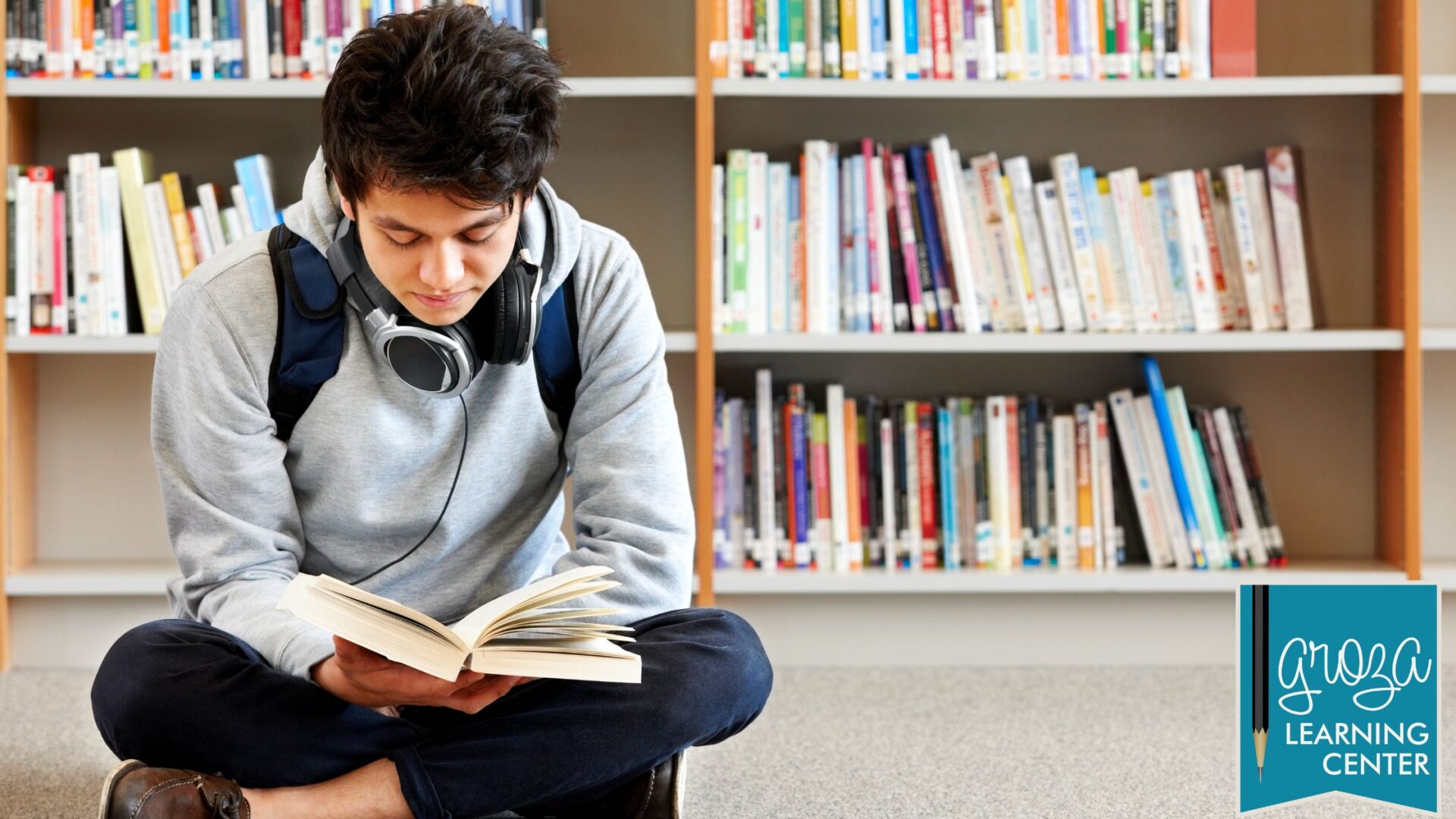
Fun Reading Activities That Build Skills and Confidence
May 24th
7 months ago
Family Fun
-
Share this post
Reading should feel like an adventure, not a chore. But for so many kids, it doesn’t start that way. Maybe they’ve stumbled through early phonics. Maybe they’ve been told they’re “behind.” Maybe, somewhere along the way, they decided books just aren’t their thing.
As parents, tutors, and educators, we know reading is one of the most foundational skills a child will ever learn. But here’s something we often forget: building reading confidence doesn’t have to mean drills, worksheets, or silent reading marathons. Sometimes, the best reading support comes disguised as fun. That’s right—fun.
The truth is, reading skills grow best when they’re nurtured through connection, creativity, and curiosity. When children laugh, play, and explore with words, they begin to see reading as something they can do—not just something they have to do.
So whether you’re a parent looking to help at home or an educator seeking fresh ideas, here’s a list of joyful, skill-building reading activities that do more than teach—they empower.
1. Story Cubes: Let Their Imagination Lead
Grab a set of story cubes (or make your own with paper and markers). Each side of the cube has a picture or word—characters, settings, emotions, actions. Roll three to five cubes and challenge your child to tell a story using the images that appear.
Why it works:
- Encourages vocabulary growth
- Strengthens narrative structure and sequencing
- Builds confidence through creative storytelling
Bonus tip: Write down or record their stories. Not only does it reinforce their spoken word with printed text, but kids love hearing or reading their own tales later—it reinforces that their voice matters.
2. Scavenger Hunts with a Literacy Twist
Create a reading activity that gets kids moving. Make a scavenger hunt with simple clues that involve reading signs, labels, or handwritten hints around the house or yard.
Example:
- “Go to the place where you clean your hands” → bathroom
- “Look under something that rhymes with ‘pillow’” → maybe under a window?
Why it works:
- Strengthens comprehension
- Reinforces decoding skills
- Makes reading feel like an exciting puzzle rather than work
This is great for reluctant readers—it feels more like a game than a lesson.
3. Reading Theater: Dramatic Fun with Purpose
Choose a short play, poem, or even a picture book with dialogue, and assign parts to different people in the family. Perform the piece with voices, props, and enthusiasm!
Why it works:
- Improves fluency and expression
- Helps kids understand tone, punctuation, and pacing
- Boosts reading confidence in a low-pressure, supportive setting
Tip: Use silly voices or costumes. The more playful it is, the more kids forget they’re “practicing reading.”
4. Word Art Collage: A Hands-On Approach
Take old magazines, newspapers, or even food boxes, and have your child cut out words they recognize. Then, challenge them to make sentences, poems, or a themed collage using those words.
Why it works:
- Reinforces sight word recognition
- Encourages sentence construction and creativity
- Offers tactile, visual learners a more active way to engage with text
This is a great literacy help strategy for students who learn best by doing.
5. Book + Bake: Reading Through Recipes
Choose a simple recipe—cookies, pancakes, smoothies—and read it together. Then, follow the directions step by step. Older kids can read aloud, and younger ones can match ingredients to words.
Why it works:
- Boosts functional reading skills (real-world application!)
- Reinforces sequencing and comprehension
- Adds a fun reward at the end
Reading doesn’t always have to come from books. Recipes, maps, instructions—these all count and matter.
6. Word Wall Makeover: Personalize the Learning Space
Create a “word wall” at home. But instead of using generic flashcards, have your child help decorate and personalize it. Each time they master a new word, add it to the wall with a drawing or sentence that uses it.
Why it works:
- Visual reinforcement of vocabulary
- Gives kids a sense of ownership and pride
- Turns passive reading support into something interactive and ongoing
Make it colorful, silly, or themed—whatever gets them excited to read and recognize more words!
7. Partner Reading: You Read One Page, They Read the Next
Sometimes kids just need a reading buddy. Pick a book that’s slightly above their comfort level, and take turns reading pages aloud. Pause to ask questions, define words, or talk about what’s happening in the story.
Why it works:
- Builds fluency through modeling
- Supports comprehension and vocabulary growth
- Makes reading feel collaborative instead of isolating
Kids who feel overwhelmed by reading alone often feel more confident with this gentle, guided structure.
8. Create a Reading “Menu” for Choice and Fun
Turn reading time into a restaurant-style menu. Divide it into sections like:
- Appetizers: Read a poem, comic strip, or short paragraph
- Main Course: Read a chapter from a novel or a nonfiction article
- Dessert: Pick a funny joke book, riddle, or Mad Libs
Why it works:
- Provides structure and variety
- Gives kids the power of choice
- Turns reading into a special, anticipated part of the day
This can also be used as a daily or weekly reading support system to keep things fresh and engaging.
9. Game Time: Reading-Based Board and Card Games
Games like Scrabble Junior, Boggle, Zingo, and even simple word matching cards can reinforce reading skills while offering connection and competition.
Why it works:
- Enhances spelling, vocabulary, and word recognition
- Makes learning feel more like play than school
- Involves the whole family
You don’t need anything fancy—many printable card games are available online, or you can create your own using vocabulary words your child is working on.
10. Book Club for One (or Two): Mini Discussions That Matter
After reading a book or short story, have a “book club chat.” Let your child lead. Ask them:
- What part did you like best?
- Was there a word you didn’t understand?
- What would you change about the ending?
Why it works:
- Encourages comprehension and critical thinking
- Validates their thoughts and opinions
- Fosters a deeper connection with what they read
These little conversations build the bridge between decoding and understanding—which is where true literacy grows.
It’s Not About Speed—It’s About Joy
Reading doesn’t need to be rushed. It doesn’t need to be perfect. What it does need to be is meaningful, connected, and encouraged.
When you pair skill-building with play, curiosity, and creativity, you give your child more than just the ability to read—you give them the confidence to believe in themselves as a reader.
At Groza Educational Center, we believe every child can fall in love with reading—with the right encouragement, guidance, and yes, even fun. Our one-on-one reading programs are designed to meet kids where they are, build foundational skills, and nurture that all-important reading confidence. Whether your child is catching up, getting ahead, or just needs a little spark, we’re here to help make literacy a joyful journey—not a stressful struggle.
Let’s turn reading time into something your child actually looks forward to. At Groza, we turn readers into lifelong learners—one page at a time.
Frequently Asked Questions (FAQs)
Want to learn more about Our
If you prefer to schedule a call, click here to book a consultation
